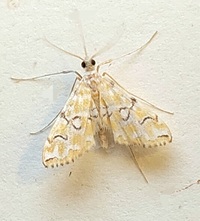
| Recorded by: Mark Basinger on 2025-10-02
Richmond Co.
Comment: | 
| Recorded by: Mark Basinger on 2025-10-01
Richmond Co.
Comment: |
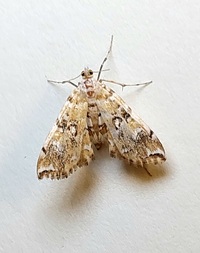
| Recorded by: Mark Basinger on 2025-09-22
Wilson Co.
Comment: | 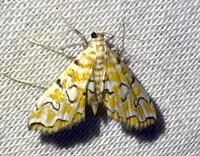
| Recorded by: Dean Furbish and Joy Wiggins on 2025-09-20
Wake Co.
Comment: |
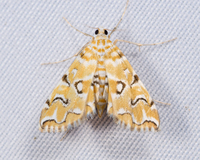
| Recorded by: Mark Shields on 2025-09-19
Onslow Co.
Comment: | 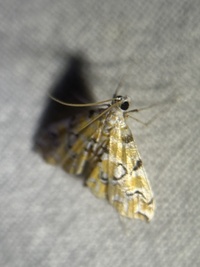
| Recorded by: Larry Chen, Sarah Toner on 2025-09-06
Beaufort Co.
Comment: |
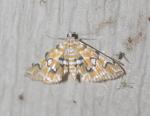
| Recorded by: K. Bischof on 2025-07-21
Transylvania Co.
Comment: | 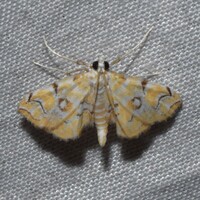
| Recorded by: David George, Jeff Niznik, Rob Van Epps, Kevin Metcalf on 2025-07-20
Richmond Co.
Comment: |
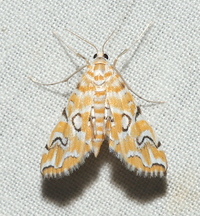
| Recorded by: David George, Patrick Coin on 2025-06-29
Moore Co.
Comment: | 
| Recorded by: Allison Garton on 2025-06-25
Moore Co.
Comment: |

| Recorded by: F. Williams, S. Williams on 2025-06-23
Gates Co.
Comment: | 
| Recorded by: Jeff Niznik, David George, Larry Chen, Sarah Toner, Joye Zhou on 2025-06-20
Richmond Co.
Comment: |
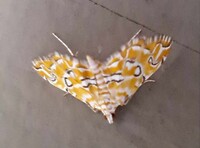
| Recorded by: Allison Garton on 2025-06-17
Moore Co.
Comment: | 
| Recorded by: K. Bischof on 2025-06-06
Transylvania Co.
Comment: |
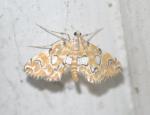
| Recorded by: K. Bischof on 2025-06-05
Transylvania Co.
Comment: | 
| Recorded by: Jim Petranka on 2025-05-24
Richmond Co.
Comment: |
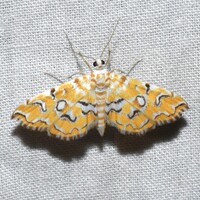
| Recorded by: David George, Jeff Niznik, Jim Petranka, Becky Elkin on 2025-05-24
Richmond Co.
Comment: | 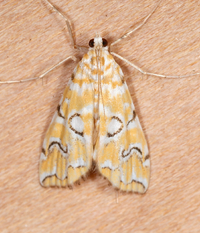
| Recorded by: Jim Petranka and Becky Elkin on 2025-05-23
Richmond Co.
Comment: |

| Recorded by: Jeff Niznik, David George on 2025-05-09
Cumberland Co.
Comment: | 
| Recorded by: K. Bischof on 2024-07-06
Transylvania Co.
Comment: |

| Recorded by: David George, Jeff Niznik, Stephen Dunn on 2024-06-29
Chatham Co.
Comment: | 
| Recorded by: Mark Basinger on 2024-06-13
Wilson Co.
Comment: |
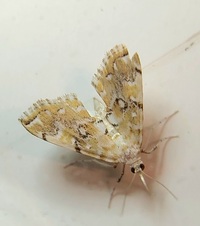
| Recorded by: Mark Basinger on 2024-06-13
Wilson Co.
Comment: | 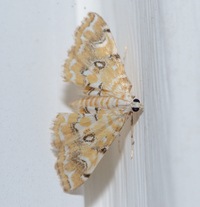
| Recorded by: Hunter Phillips on 2024-06-07
Onslow Co.
Comment: |
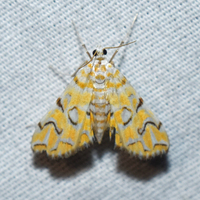
| Recorded by: David George, Jeff Niznik on 2023-09-04
Orange Co.
Comment: | 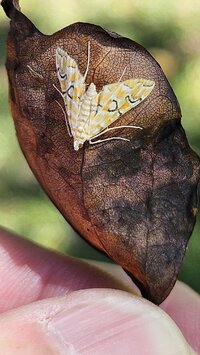
| Recorded by: Terrell Tucker on 2023-08-31
Moore Co.
Comment: |

| Recorded by: Jim Petranka, Becky Elkin, Steve Hall, and Bo Sullivan. on 2022-09-27
Moore Co.
Comment: | 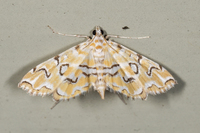
| Recorded by: John Petranka on 2022-08-23
Orange Co.
Comment: |
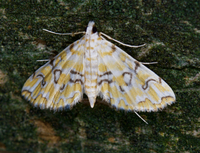
| Recorded by: Jim Petranka, Bo Sullivan, and Steve Hall on 2022-07-24
Moore Co.
Comment: | 
| Recorded by: David George on 2022-06-22
Caswell Co.
Comment: |
|

 »
»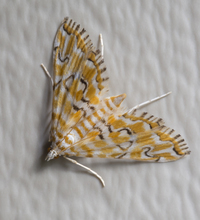
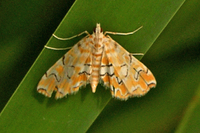
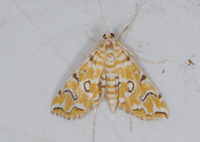


 »
»


